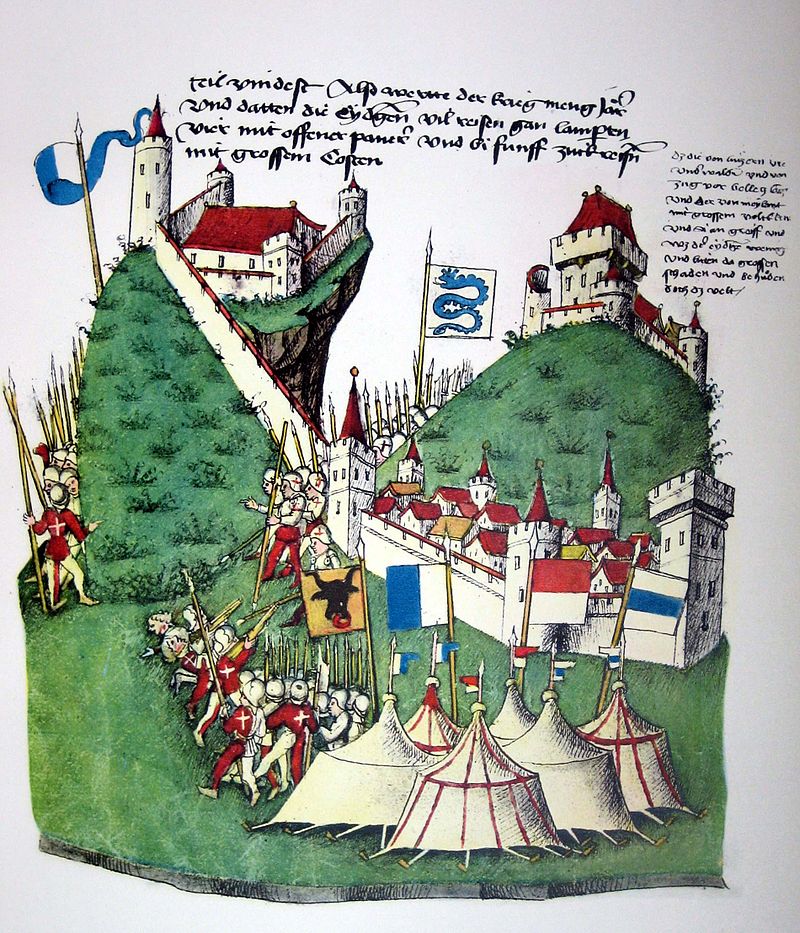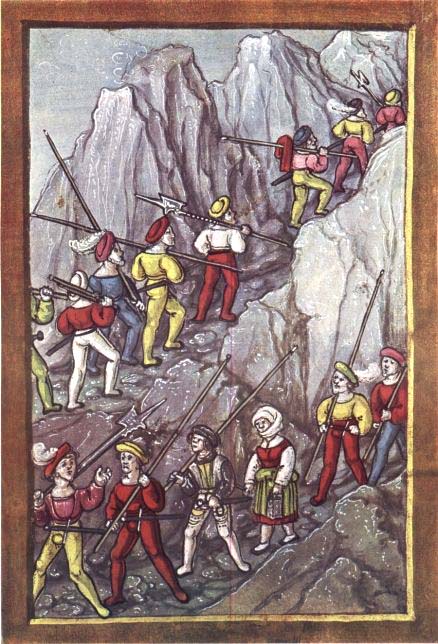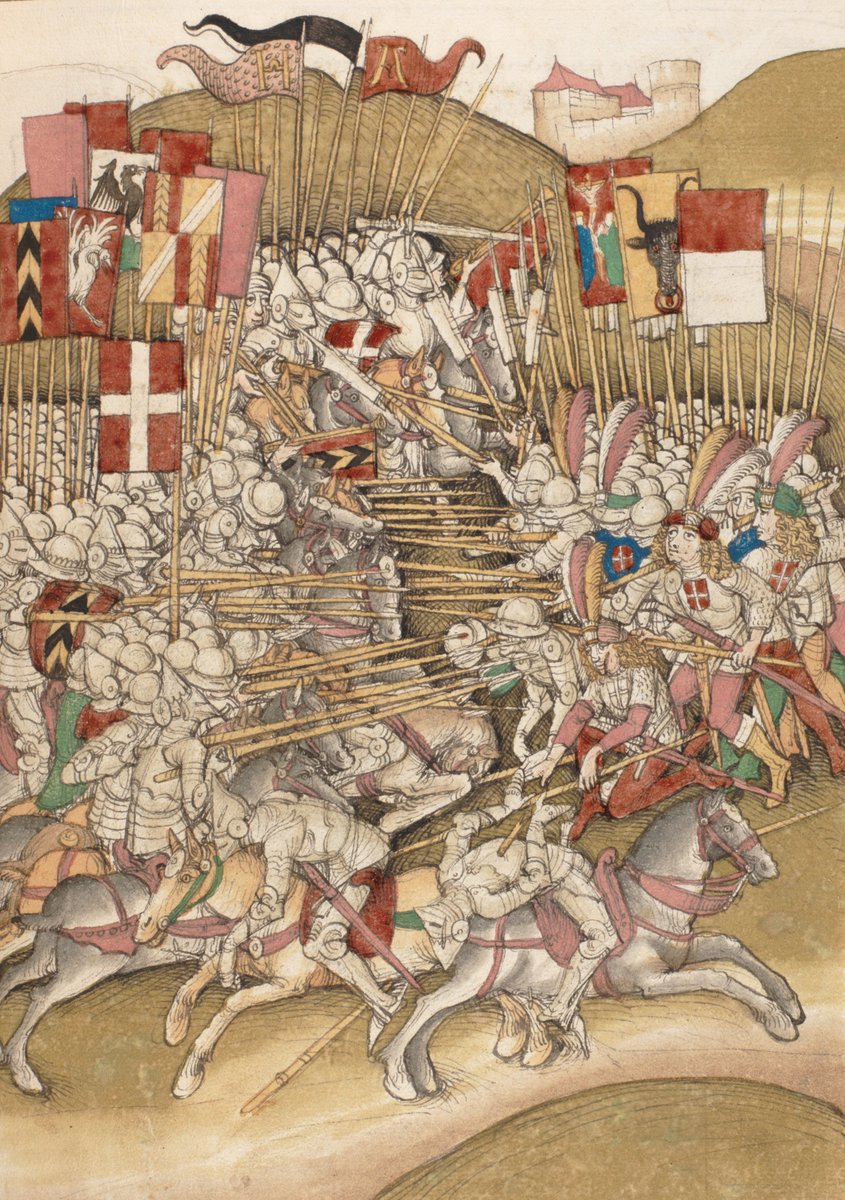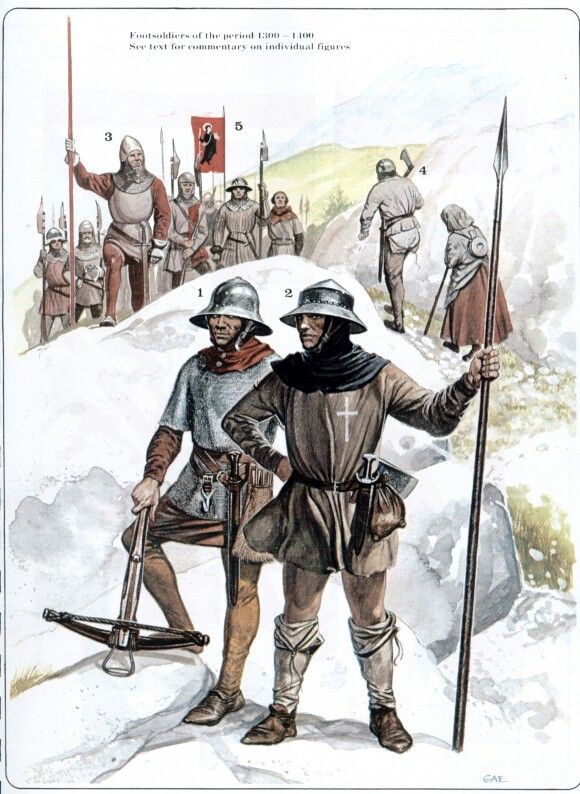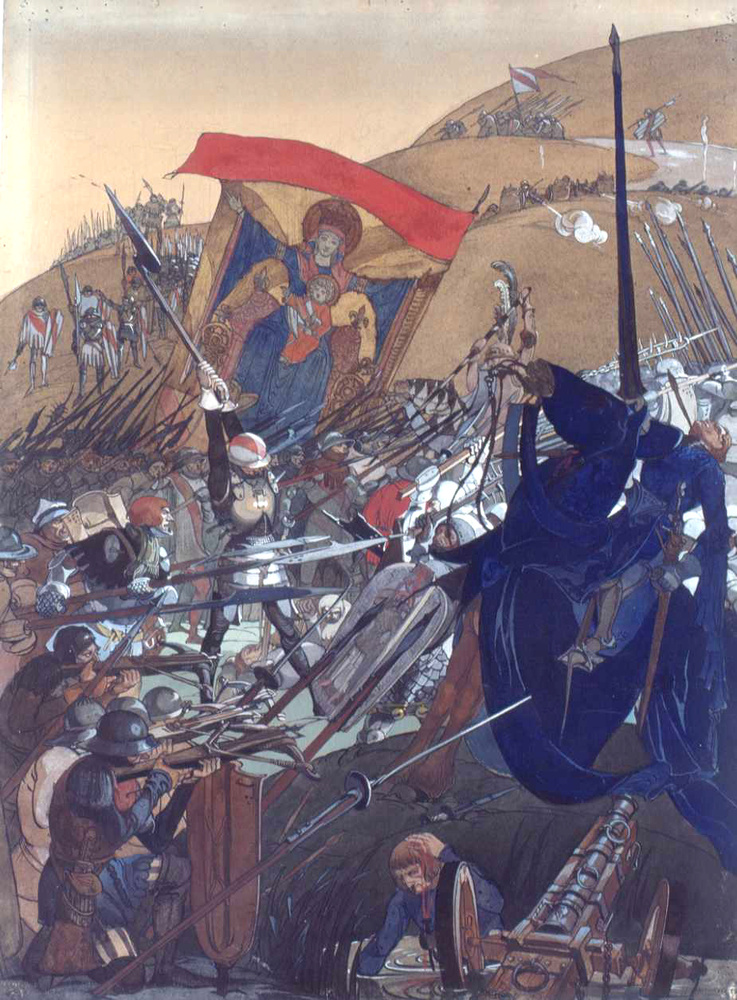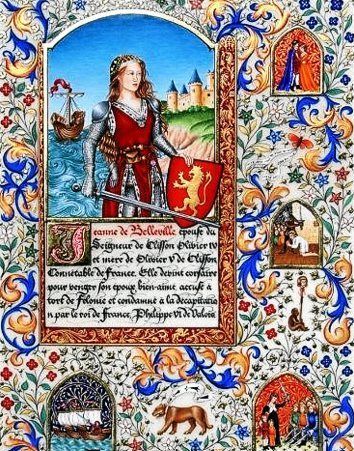
On this day 7 October the monumental battle of Lepanto happened in 1571. "The greatest event witnessed by ages past, present and to come," as the famous Spanish writer Cervantes who participated in the battle put it, saw the united Christian fleet triumph over the Ottoman empire! 

At the time, the Ottoman empire had the superiority on the sea. The ability of the wealthy centralized empire to assemble powerful fleets was uncontested. The Ottomans scored many important victories and raided the Christian coasts all over the Mediterranean. 

The Republic of Venice was the most affected as its dominions in the eastern Mediterranean were under attack, but the mighty Spanish empire also felt threatened as the Ottomans were raiding and expanding their power in the western Mediterranean as well. 

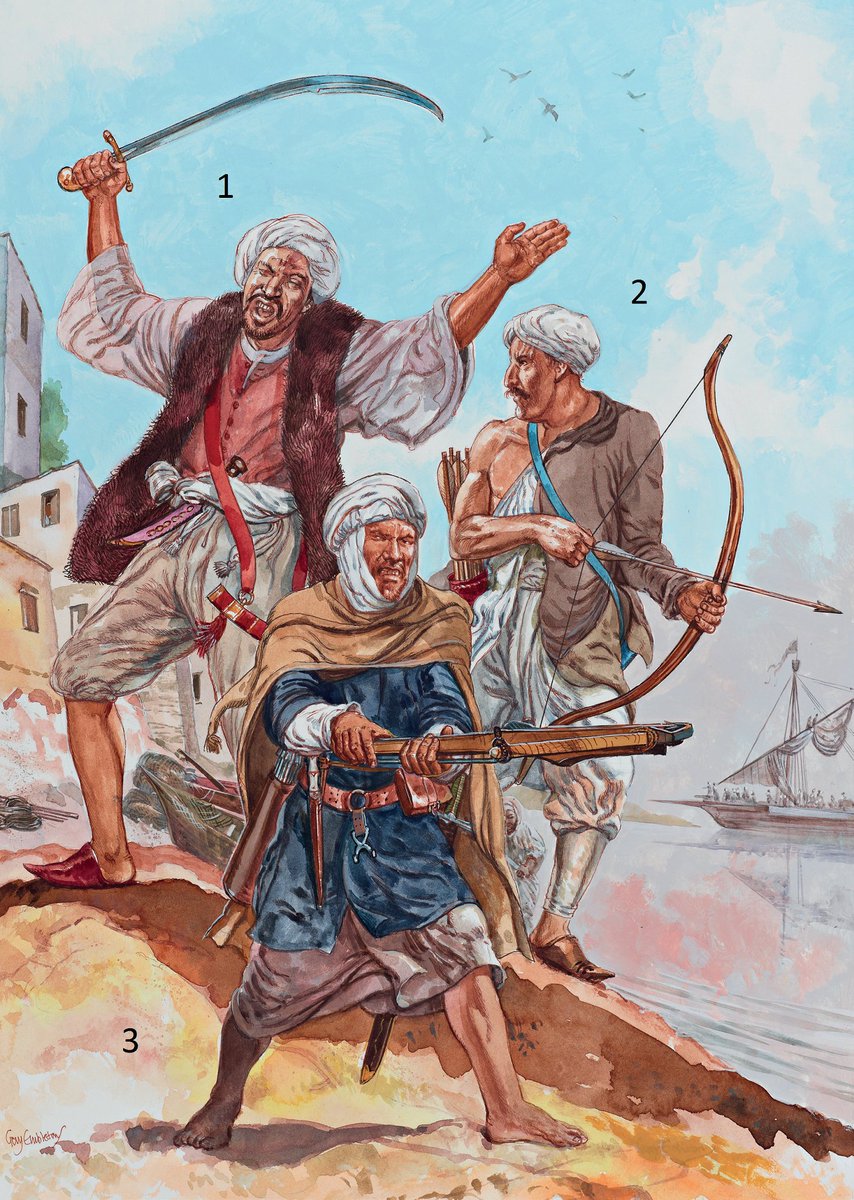

As the Ottomans were attacking Venetian possessions on Cyprus, Pope Pius V called for a Holy League in 1571 which united the Catholic powers of southern Europe. Venice was now joined by the Spanish empire, the knights of Malta, and a significant number of other Italian states. 
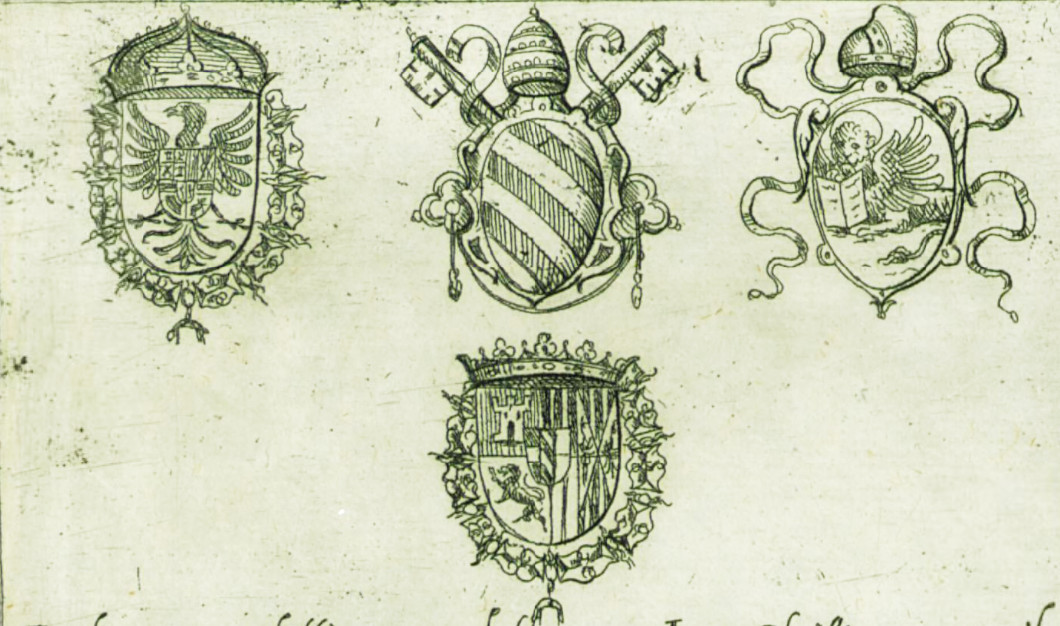
The huge fleet that was assembled by the Holy League was intended to relieve the siege of Famagusta in Cyprus but the city had already fallen before the fleet was able to reach it, its defenders surrendering and then brutally killed by the Ottomans despite supposed agreement. 
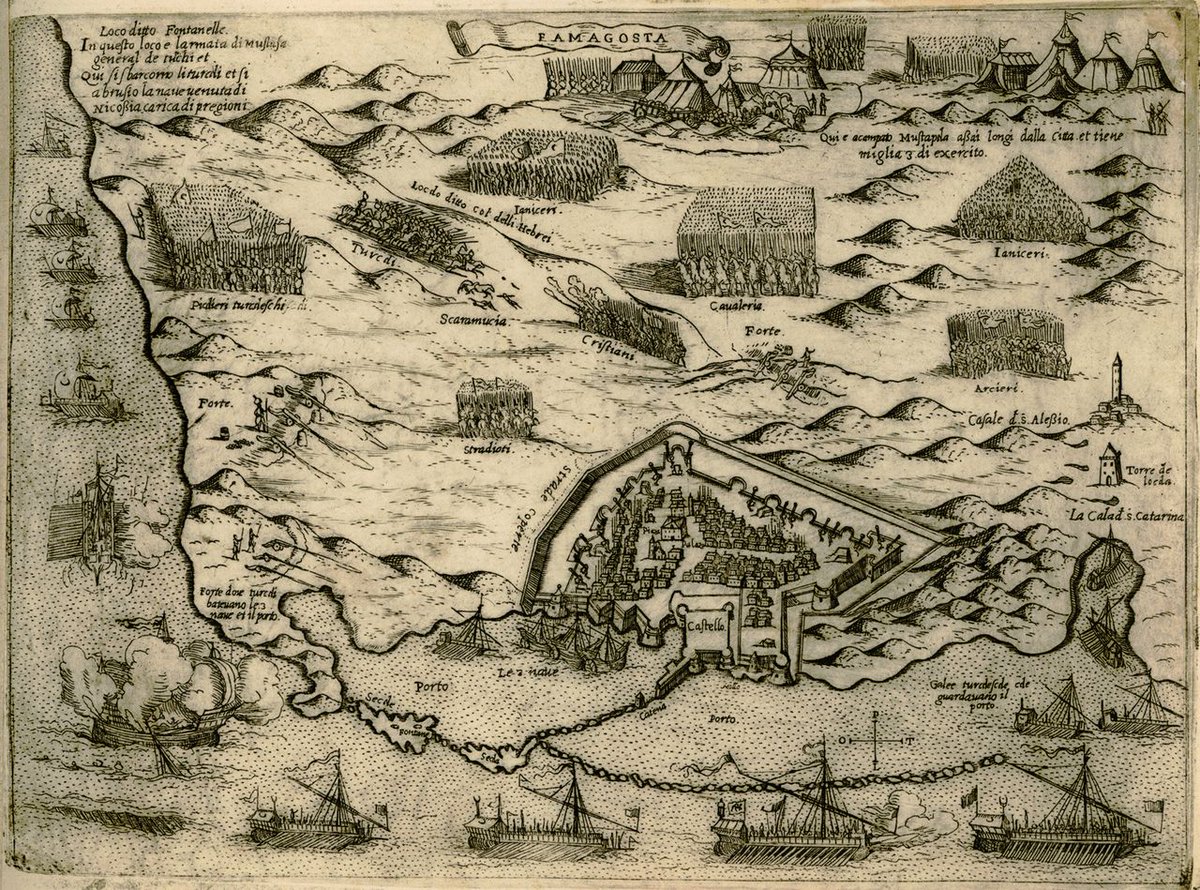
As the united Christian fleet of the Holy League left Italian ports, it was not expected that this expedition would lead to the largest naval battle in history up to that time (which Lepanto would turn out to be), and even fewer expected a Christian victory of that scale. 

The main powers of the Holy League, Spain and Venice, were suspicious of each other. The Spanish king Philip II was cautious and didn't want to risk a big decisive battle. The Christians were demoralized by previous naval losses to Ottomans who could assemble larger fleets. 


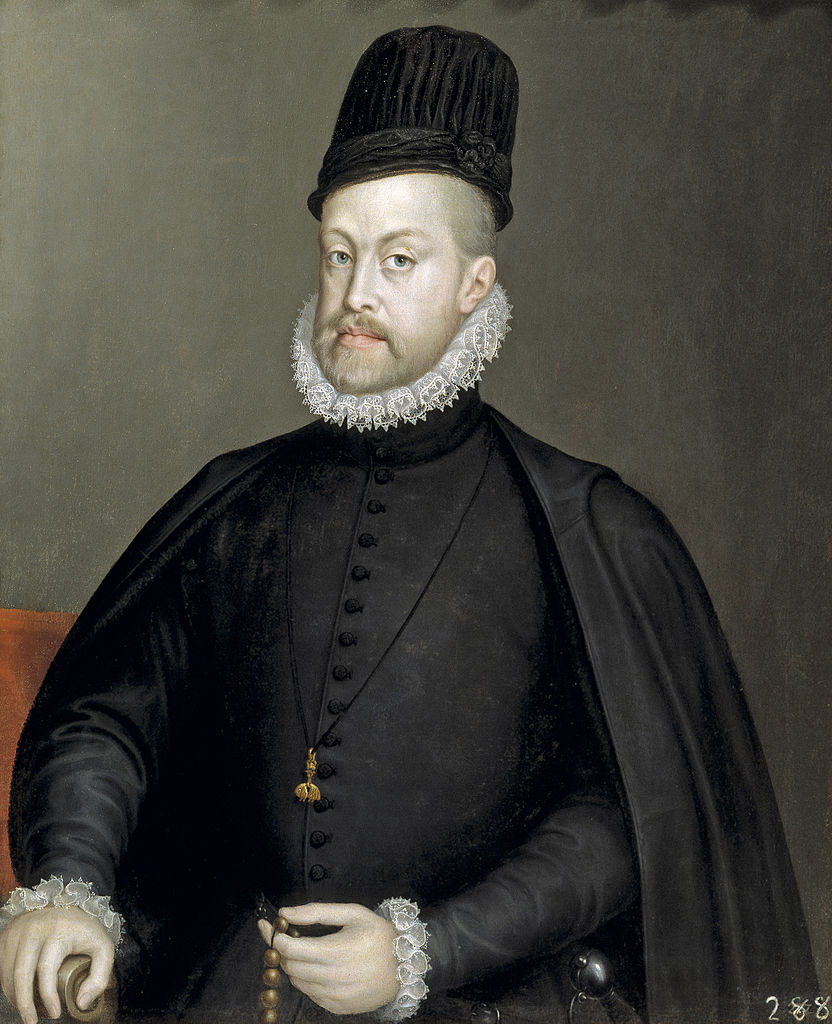


The Papal forces and the Venetians were the most eager to fight. The latter wanted to revenge Turkish raids and hated the Ottoman empire the most. They were, however, distrustful of the main commander of the fleet, the young illegitimate son of emperor Charles V, John of Austria. 





In the end, it would be precisely 24-year-old John of Austria who would be the most crucial for the Christian success as his determination and charisma would keep the Holy League alliance together. This young noble warrior would write his name among legendary heroes of Europe! 


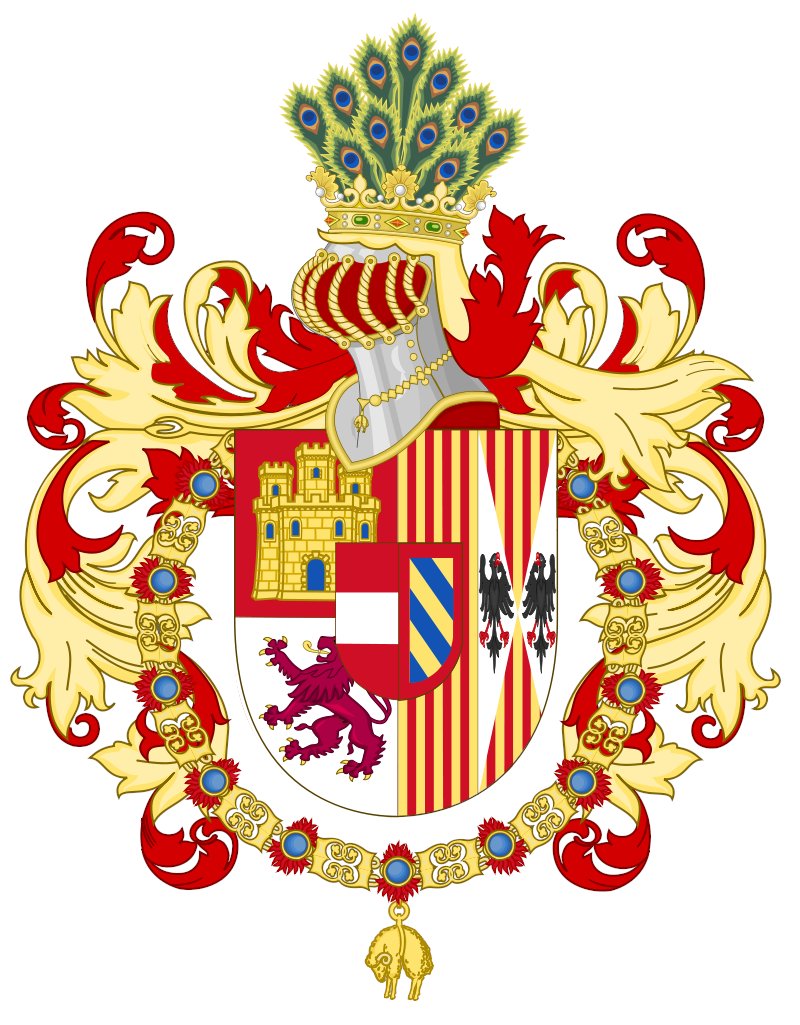
The battle of Lepanto is the story of John of Austria and his desire to seek immortal glory on the battlefield. As an illegitimate child and half-brother to the Spanish king Philip II, he knew that war was his rare opportunity to make a name for himself through heroic deeds. 

John of Austria was not just fueled by personal ambition, he simply loved to fight. He was an embodiment of aristocratic free and courageous warrior spirit. He proved himself in battle fighting the Morisco Revolt in Spain and in free time he was a passionate bullfighter. 



John of Austria had no experience in naval warfare. Despite this, he established his leadership over the older experienced admirals of the Holy League, most notably the hesitant Genoese admiral Doria and the experienced Venetian Sebastiano Venier who disliked the young John. 





The imposing fleet of the Holy League consisted of 206 galleys and 9 galleasses and carried 60000 men, 20000 of them were fighting troops armed with melee weapons and arquebuses consisting of Spanish tercios and Italian troops, complimented by 7000 veteran German mercenaries. 





Tensions between commanders and soldiers and sailors inevitably escalated in this international fighting force. As the news of the fall of Famagusta reached the fleet, some of the commanders felt that they need to return as their main objective was no beyond saving. 



The Holy League was close to breaking as Spanish and Venetian troops began fighting each other and it looked like the Christian ships were about to start bombarding each other! Some commanders proposed John to save face with some quick raids in Albania and return to Sicily. 

It was at this point where the leadership and personal determination of John of Austria to fight saved the entire campaign. He stepped up to the occasion and called out the commanders for their cowardice. He was determined to face the mighty Turkish fleet in open battle! 



Meanwhile the Ottomans were well aware of the developments in the Christian navy. They had a superior fleet of 222 galleys and 56 galliots and over 80000 men on board. They were willing to engage their enemies, hoping for a decisive victory to cement their naval dominance. 



If it wasn't for the courageous inspiring leadership of John of Austria and his obsession with glory in war, the fleet of the Holy League would have never dared to engage such a large Turkish fleet as they feared the consequences of the defeat. John was prepared to risk it all. 

In fact, the Spanish King himself ordered John of Austria not to fight and to winter in Sicily, but John simply ignored it. Instead of even discussing whether to fight or not with other commanders, he gave them a laconic command, "This is not the time to discuss, but to fight." 

The huge Ottoman fleet appeared on the horizon, but instead of being intimidated by it, John of Austria was full of joy. A man of pure and unfiltered warrior spirit, this was what he dreamed of, the largest naval battle in history to that point! This is what he brought to life! 

In a show of his uninhibited bravado and charisma and thrilled by the prospect of epic battle ahead, John of Austria started dancing a gallard in front of his men, showing his famed dancing skills. "There is no heaven for cowards," he reminded his pious men in a brief speech. 



The Christian fleet split in three to extend the line and make better use of its cannons. The Venetians on the left, the Spanish fleet under John of Austria in the center and Genoese on the right. The Ottoman navy tried to encircle the Christians with a crescent formation. 
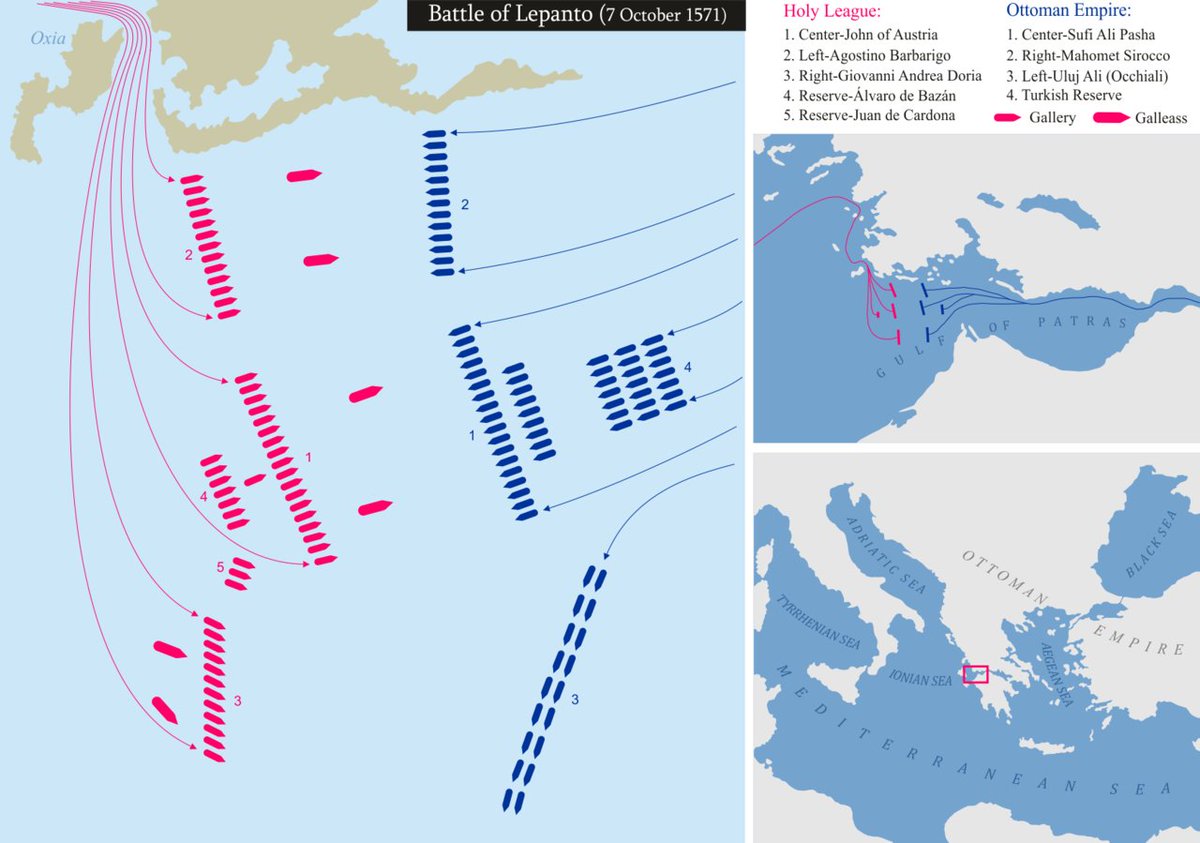
At the time, naval warfare still depended on embarking enemy ships and taking them over in brutal melees. The galleys usually had only one chance to fire the cannons. "Fire the guns so close to the enemy that their blood spurts over you," was the advice John of Austria received. 
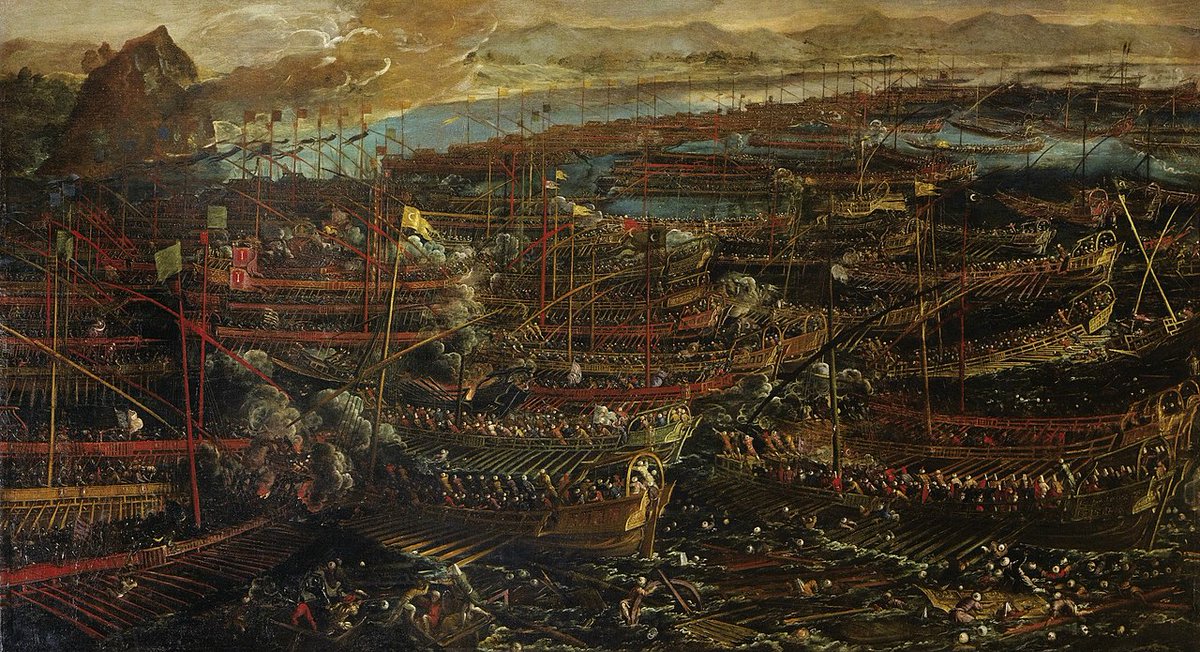
John of Austria fearlessly stood on the deck of his flagship Real exposed to the enemy fire as he clashed with the Turkish fleet. Fierce fighting broke out between his ship and the Ottoman flagship Sultana, both being reinforced by men from other ships. Bodies were piling up! 

The battle turned into a brutal and gruesome melee on ships. The crucial moment happened right in the center where John of Austria's flagship was, as he and his men eventually managed to take over the Ottoman flagship Sultana and replaced its Islamic banner with Christian one! 


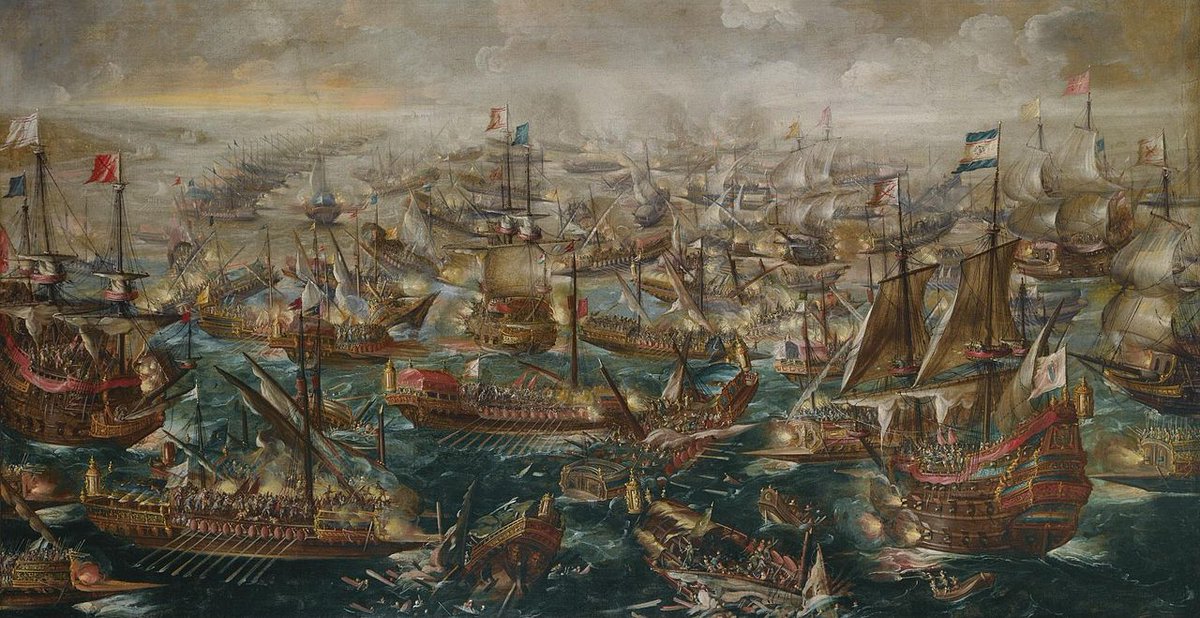
"... It seemed that the sea was aflame from the flashes and continuous fires lit by fire trumpets, fire pots and other weapons... And beside those killed in various ways, others escaping from the weapons would drown by throwing themselves into the sea, thick and red with blood." 

The morale of the Ottomans broke after they saw their flagship take over. Still, many of them continued to fight for hours as there was nowhere to run and no mercy was shown. The battle turned into a brutal slaughter on the decks of the ships. It was truly a monumental battle! 

Even many of the victorious Christians were appalled at the destruction this battle caused. Around 40000 men died in mere hours of this ferocious battle! The Christian ships could barely sail away because of the countless corpses floating on the sea in the the bloody water! 




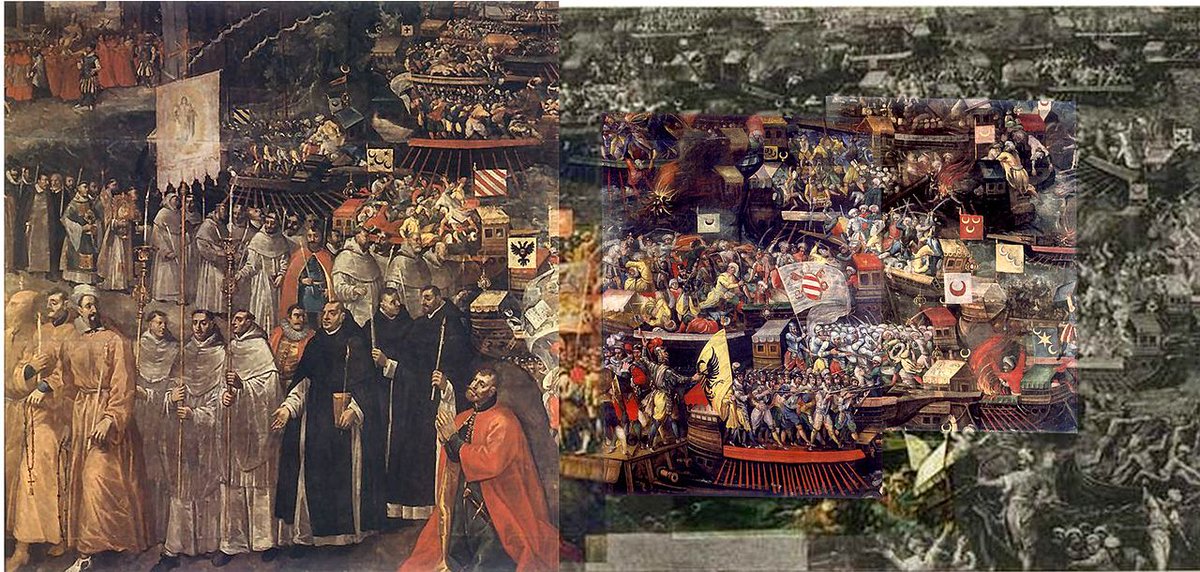
"The greater fury of the battle lasted for four hours and was so bloody and horrendous that the sea and the fire seemed as one, many Turkish galleys burning down to the water, and the surface of the sea, red with blood." 

In wars like this, no mercy was shown! "...But despite all this misery our men were not moved to pity for the enemy... Although they begged for mercy they received instead arquebus shots and pike thrusts." From the Turkish galleys, Holy League fleet freed 12000 Christian slaves! 

John of Austria achieved eternal glory he had dreamed of. He would die at a young age of 31, but this battle brought him immortality and a place among epic heroes of Europe. The battle of Lepanto was a testament of his determination and his passion for noble warrior life! 



The triumph at Lepanto was a big moral victory for Christendom, as they had shown that the feared Ottoman fleet can be defeated. The Ottomans with their huge resources quickly rebuilt the fleet and kept control over eastern Mediterranean, but were hesitant to advance westward. 

• • •
Missing some Tweet in this thread? You can try to
force a refresh







